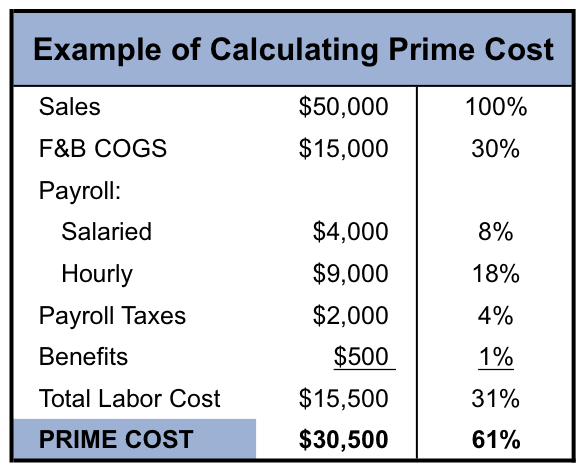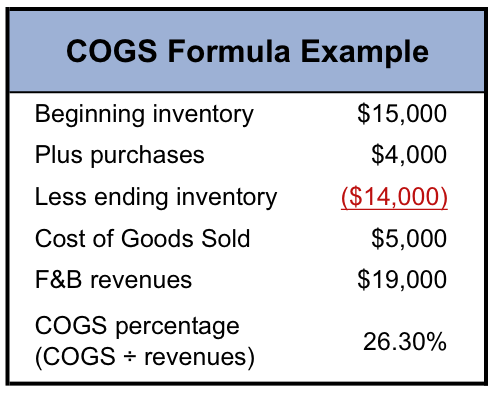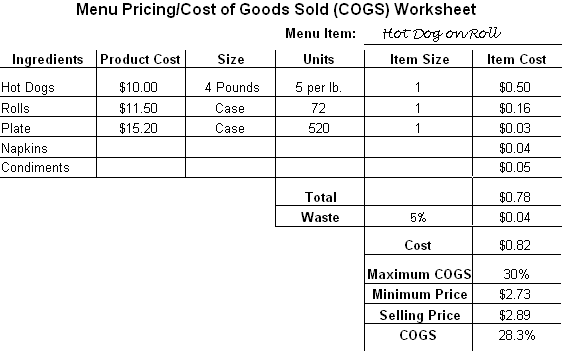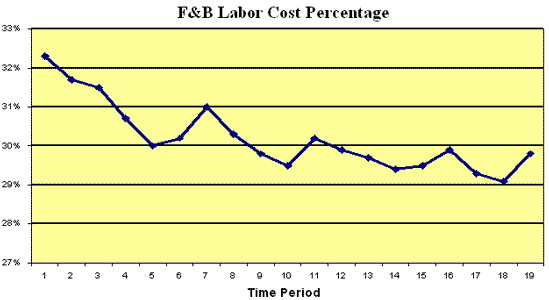
This is a print-friendly version of www.whitehutchinson.com/leisure/articles/primetime.shtml

An edited version of this article was published in the May 2005 issue of International Bowling Industry.
White Hutchinson Leisure & Learning Group
Food and beverage sales are an essential component of offering guests a good leisure experience, one they'll want to repeat. A location-based leisure (LBL) facility with a well-executed food and beverage (F&B) offering, such as in a restaurant or café area, will not only increase per capita sales, but will also increase entertainment sales by extending the guests' length-of-stay. In fact, in some LBL concepts, such as the family pizza buffet/entertainment centers our company is designing for clients, F&B can actually be the driver of visits - come for the food and stay for the fun.
As important as F&B is to the guest experience equation, it is just as important to a LBL's profitability. When it comes to F&B profitability, revenue is only one part of the equation. The other part of the F&B profit equation is prime cost.
Prime cost is the total cost of goods (food, beverage and related paper products such as disposable cups, napkins, etc.) plus the gross labor cost for all F&B employees, which not only includes payroll, but payroll taxes, worker's comp, medical insurance and other employee benefits. For a quick casual or casual type F&B facility, which is the case in most LBLs, a good benchmark for prime cost is 60% or less of F&B revenue.

It is important to track prime cost on a regular basis, as it includes the two most controllable costs - labor and cost of goods sold. However, we often find that LBL operators:
The problem with such infrequent tracking of prime cost is that months will have gone before it's recognized that costs may have exceeded the benchmark. There's no way to go back and correct them at that point, so it represents a permanently lost profit opportunity. For example, maybe the costs of some raw products have increased and driven up food costs. If you wait for months to find out, then you've lost the opportunity to either adjust menu prices or find less expensive substitute products. Perhaps some new employees haven't been properly trained and aren't following the proper portion control. Perhaps your F&B manager hasn't been efficiently scheduling employees. Waiting a month or longer to find out that labor costs are 40% instead of 30% means your costs have been higher than necessary. Or perhaps an employee has been stealing some food product out of your walk-in on a regular basis. Waiting months to calculate COGS to finally learn it is out of kilter can mean you let thousands of dollars walk out the back door (literally).
When it comes to labor costs, we recommend that its percentage of revenue be calculated daily. Yes, that's right, daily! It isn't that hard to set up your bookkeeping system to do this. Each morning, the F&B manager gets a report on what the labor percentage was for the previous day. That gives the F&B manager the opportunity to learn how to improve through immediate feedback. If you wait weeks or months to give her this information, she will have forgotten what she did on particular days in terms of scheduling to cause the high labor cost. If she gets a report the next morning, however, she can reflect on the previous day and perhaps learn what she can do differently to improve the labor percentage in the future.
The other advantage of daily reporting is it sends a loud and clear message to your F&B manager that controlling labor cost is darned important. The old adage, "That which gets measured gets attention," is very true. Labor is your most controllable cost, so it only makes sense to set up a reporting system that helps your managers stay focused on controlling it.
Calculating the COGS part of prime cost also needs to be done on a frequent basis. Most chain restaurants do it weekly. At a minimum, it should be done bi-weekly. Weekly or bi-weekly cost reporting will change the attitudes and behavior of your kitchen staff, as it creates awareness of the importance of controlling F&B costs and lets employees know they are being held accountable. If there is a problem, you will know about it quickly and can respond accordingly. Regular food costing will usually result in a 2% to 4% or more reduction to COGS. Again, that which gets measured gets attention.
Calculating COGS requires a physical inventory of all F&B supplies on hand and a calculation of their costs. This takes some time, but with a well-organized stockroom and by setting up simple inventory worksheets, a physical inventory can easily be done in an hour or so. Conducting regular physical inventories also requires the discipline of setting a fixed scheduled time for it every week or every other week.
The following chart shows the formula and provides an example for calculating COGS for any time period:

When auditing the operations of many of our clients, we often discover their menu prices have not been appropriately calculated to produce desired profit margins. We often find COGS running 40% or greater on their F&B sales. There appears to be a tendency to under-price menu items for fear that too high a price will hurt sales. However, we often find that clients have priced their menu items under the market for similar type restaurant operations. You should never be cheaper than comparable restaurant prices. Menu prices that are too low can actually hurt sales, as guests will be suspicious that the food quality is low, based on the price.
Properly setting menu prices requires a detailed cost analysis of every menu item, making sure the cost includes every ingredient and paper product used for that item. For example, for a hot dog, the cost analysis should include not only the hot dog and roll, but also the cost of condiments, the paper plate and napkins. Then a factor needs to be added for waste - for food that spoils, dropped food that needs to be thrown away, and prepared food left over at the end of the day and can't be saved. Then, you take the total cost of the menu item and divide it by your desired COGS. Let's say the total cost of the gourmet hot dog works out to $0.76 and you want to maintain a COGS of 30%. You divide $0.76 by 30% to get the target-selling price of $2.54. But you don't stop there. If hot dogs of that quality are selling for $2.89 in your market, you set the price at $2.89, which gives you a 28% COGS. A sample worksheet for this example is shown below.

We have found that in addition to supplying labor costs and COGS to your F&B manager, taking an open-book approach of sharing this information with all F&B staff greatly improves performance. We advise our clients to post two graphs where the F&B staff will see them everyday. One can show the weekly labor percentage and the other the weekly or bi-weekly COGS. The vertical y-axis should show ascending percentage and the horizontal x-axis should indicate the time periods. The target range should also be shown. Then, each week, the new results are posted. This gives the staff immediate feedback on performance. First, if the percentage is in the target range, that is good. Secondly, if the graph shows costs going up, that tells employees things are moving in the wrong direction (increasing percentage). If the percentage on the graph is going down, that means the staff is improving (decreasing percentage).

The open-book approach sends the message to all F&B staff that controlling prime cost is important. It gives them immediate feedback on how they are performing. Staff members have far more control of COGS than anyone else, because they are handling portion control. They create waste. They are doing (or not doing) the up-selling to more profitable food items. The graphs will help them understand why proper portion control, minimizing waste and up-selling are so important. It lets the F&B staffers know they're regularly being evaluated in these performance areas. It lets them know if they steal, their theft will quickly show up in the performance results. And if their hours need to be cut back, they understand why -- that it is necessary from a business profitability standpoint and is not some arbitrary management decision.
Controlling prime cost requires procedures and discipline. When done right, you have a continuous stream of profits from your food and beverage sales.
© 1999 - 2025, White Hutchinson Leisure & Learning Group, Inc.
The contents of this website and eNewsletters are protected by USA and international copyright law. Permission is granted to download and print single copites of any of the contents or articles for personal use. No other copies may be made. Educational institutions may obtain permission to make multiple copies for classroom use by e-mailing us with details. The contents of articles may be quoted provided credit is given to the "(author's name), White Hutchinson Leisure & Learning Group, Kansas City, MO, USA". All other rights for use or reproduction of the contents and articles are reserved.